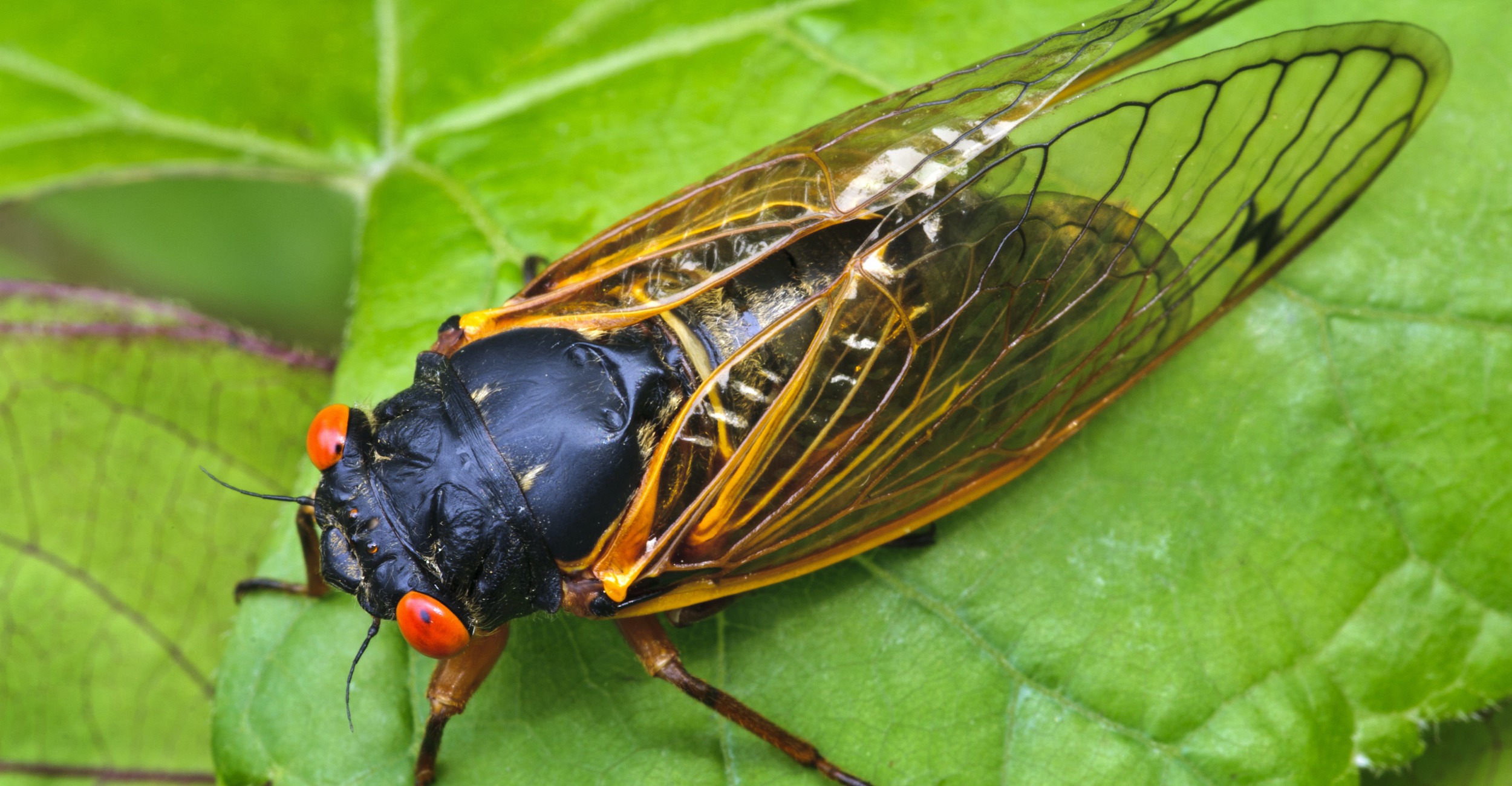
No 17-year cicadas for Oklahoma this summer
Monday, June 7, 2021
Media Contact: Gail Ellis | Communications Specialist, Copywriter | 620-515-2498 | gail.ellis@okstate.edu
Like a total eclipse of the sun or rare blood moon, the mass emergence of periodical cicadas is a natural phenomenon that piques interest worldwide. While the 17-year cicada is crawling aboveground now on the East Coast and in the upper Midwest, state Extension specialists say Oklahoma is in the clear.
Eric Rebek, Oklahoma State University entomology professor and Extension specialist, said the Brood X species of periodical cicada making headlines this summer is fulfilling its life cycle after 16 years of feeding on plant sap underground. Trillions will emerge along much of the East Coast during the next few weeks to complete their phase of adulthood by mating and laying eggs.
“Depending on how you feel about insects, you either enjoy learning about this rare occurrence, or it causes a lot of consternation among the public,” Rebek said.
Whether it’s the shrill and deafening buzz of the cicada’s mating call, their orange eyes or the unpleasant stench of their rotting shells, cicadas often are associated with plague-like invasions of Biblical proportions. As a naturalist and biologist, Rebek tries to educate the public on this marvel of nature.
“Part of my job as an Extension entomologist is to spotlight the good side of insects,” he said. “People get freaked out by insects in general, but not all of them are bad.”
Cicadas and locusts are two completely different groups of insects. The term locust is often used to describe a cicada, but cicada is technically correct, Rebek said. A locust is what Oklahomans typically call a grasshopper, and although periodical cicadas tend to steal the show, greenish, dog day cicadas are more prevalent.
“Dog day cicadas emerge in the dog days of summer when it’s hot,” Rebek said. “We’re accustomed to hearing them singing in the trees. There’s several species of those, and they come out every single year.”
As for the periodical cicadas that surface across different geographical areas of the country, a certain brood of the insects shows up like clockwork every 17 or 13 years. The periodical cicada’s biological strategy is to swamp out birds and other vertebrae predators by appearing in mass numbers in a large geographical area.
“In this case with Brood X, there are too many of them for predators to eat, ensuring enough cicadas to mate and lead to the next generation 17 years down the line,” Rebek said.
Eggs are laid in the small twigs and branches of trees, which eventually break off and fall to the ground. When those eggs hatch, the nymphs burrow underground and feed on tree roots.
“Cicadas can cause light damage to young trees that have been recently planted, especially when there’s a mass emergence,” Rebek said. “Some people will cover their trees for a few weeks to prevent any damage.”
Oklahoma hosts three broods of periodical cicadas — identified by scientists by Roman numerals — the 17-year Brood II and Brood IV and the 13-year Brood XIX. The most recent brood to emerge was Brood IV in 2015. While the East Coast swarms with cicada frenzy, Oklahomans can expect the more nostalgic buzz of the dog day cicada soon enough to usher in those final days of summer.
